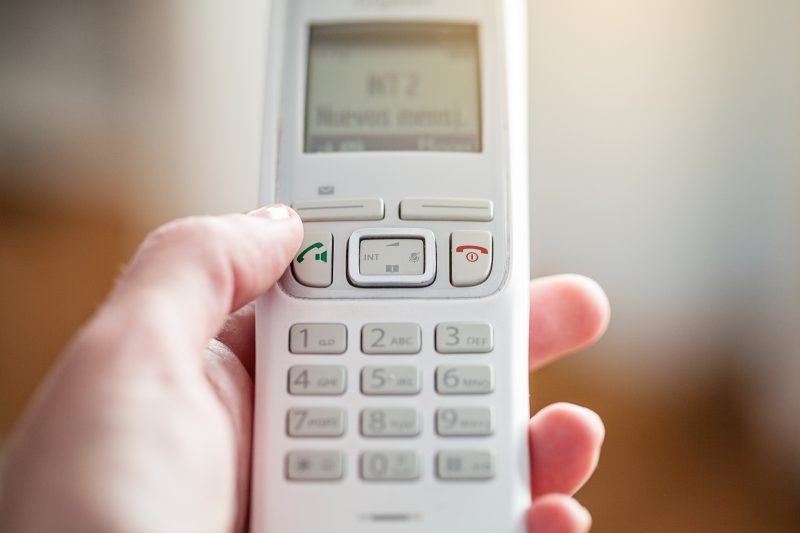If landline phones are dying out, how do political polls work today?
(NEXSTAR) – As we draw closer to the 2024 presidential election, more political polls are being released, ranging from which candidate has an edge ahead of Nov. 5 to the top issues for voters.
If you have never participated in one of these surveys, you might wonder: Who’s actually responding to pollsters, and how are they being contacted?
Polling practices have changed significantly over the past two decades, especially with the decline of landline usage. Traditional polling via telephone was once considered the “gold standard,” Matt Taglia, senior director at Emerson College Polling, told Nexstar.
While dominant in the early 2000s, this polling method has dropped sharply since 2012, partly due to decreasing response rates, according to Pew Research.
A staggering 183 million Americans (7 in 10 U.S. adults) no longer use landlines and rely solely on their cellphones, the latest data analyzed by the Chamber of Commerce revealed.
This shift has prompted pollsters to find more ways to reach voters.
“I think most organizations have moved to mixed mode. That means a combination of phones and text-to-web, and maybe an online panel thrown in,” Taglia said.
“That’s just been the result of concerns that we’re not reaching voters where they are, especially young voters, especially ethnic minorities. Some of those are the least likely to pick up the phone and sit there for 15 minutes and answer a poll,” he explained.
Landlines haven’t completely disappeared, however. More than a quarter of U.S. adults still use them, with seniors and people in the Northeast holding on to them the most, the data shows.

Even though it’s a shrinking piece of the puzzle, Emerson still uses landlines for its surveys.
“We have an automated system called IVR, Interactive Voice Response, so we do still dial to landlines using that system, but that predominantly covers older voters, some rural voters,” Taglia said. He added that Emerson also sends text messages with links to online surveys and uses online panels to reach younger and harder-to-contact voters.
So, how do pollsters decide who to contact? For reputable organizations like Gallup, Pew and Emerson, the process is randomized. Taglia said his team randomly selects registered voters from lists compiled by secretaries of state, then screens for those who are likely to cast a ballot in the November election.
“We take their word for it when they say that they’re very likely to show up and vote,” Taglia said. “Once we’ve collected all the data, we go through a process of weighting the data to ensure that the demographic breakouts look like what we expect them to be on Election Day.”
Weighting is a way pollsters adjust survey results to better represent the whole population, according to Pew. For instance, if a survey has too many young people compared to the general population, pollsters will give more weight to older adults’ responses so that their opinions are properly reflected.
Beyond forecasting election outcomes, polls help voters understand where the race stands and can gauge what issues matter most to the public.
“We’re setting expectations,” Taglia said. “The general electorate, people who are interested, can see how competitive the race is. They can have some idea of what to expect on Election Day.”
Yes, polls can give helpful insights into public opinion — but they aren’t perfect. It’s important to note that the accuracy of political polls varies based on factors such as methodology, transparency, large enough sample sizes, and demographic representation.
Copyright 2024 Nexstar Media Inc. All rights reserved. This material may not be published, broadcast, rewritten, or redistributed..















